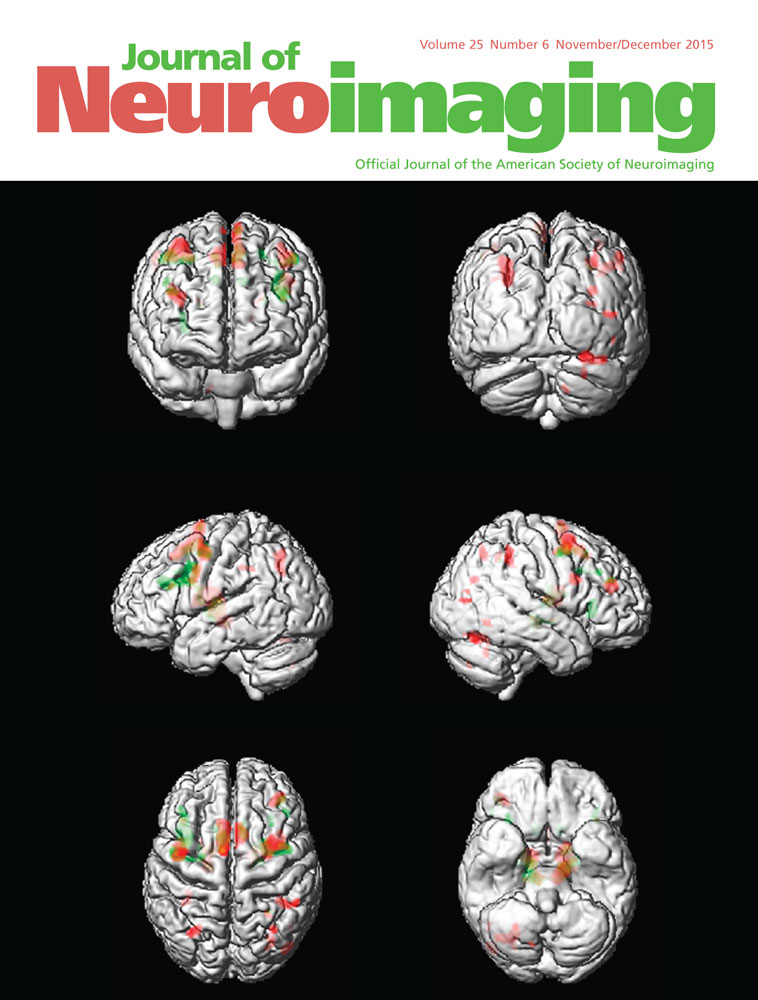Relative FLAIR Signal Intensities over Time in Acute Ischemic Stroke: Comparison of Two Methods
ABSTRACT
BACKGROUND AND PURPOSE
Visibility of lesions on fluid attenuated inversion recovery (FLAIR) images appears indicative of the time window in acute ischemic stroke. We compared two published methods for calculation of relative FLAIR signal intensities (rSI) regarding their association with time from symptom onset in a longitudinal fashion.
METHODS
We prospectively included patients receiving serial MRI examinations between 4.5 and 35 hours from symptom onset. FLAIR rSI was determined using two methods: a whole regions-of-interest (ROI) method and a hotspot method, selecting only a single area of visually highest signal. Signal intensity (rSI) was calculated relative to the contralateral side for each time point.
RESULTS
We included 21 patients with 3-6 MRI examinations on the first 2 days after stroke onset. FLAIR rSI determined with both methods shows a linear association with time from onset, although the hotspot results showed higher variability. Both methods with their previously published thresholds are reliable for identifying patients outside the 4.5 hours time window.
CONCLUSION
Both methods show a similar performance, and might be a suitable help for the visual assessment of FLAIR lesion visibility.




